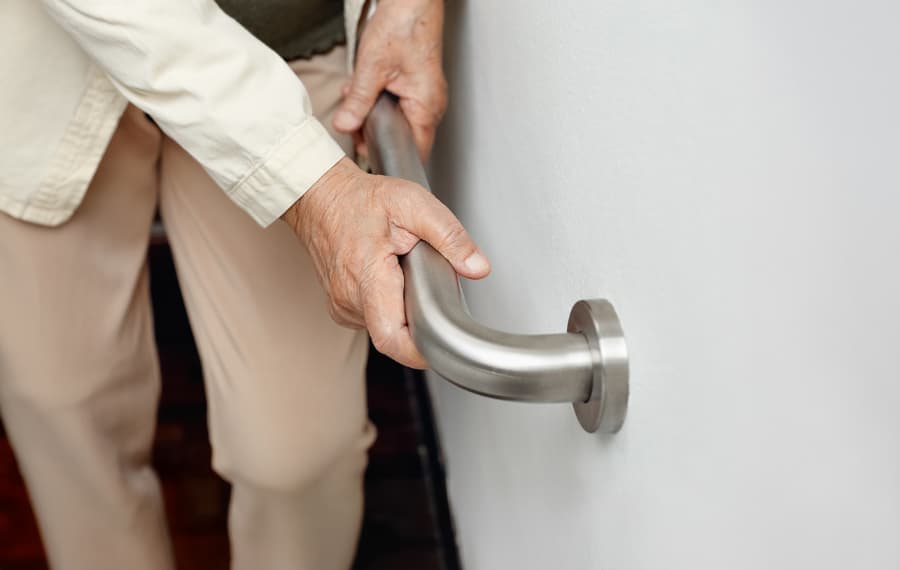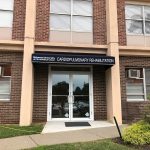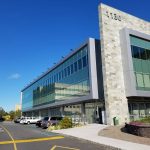Surviving a stroke can be life-changing, resulting in a short- or long-term disability and altering how an individual lives at home. Richmond University Medical Center provides stroke care at its award-winning facility in Staten Island, New York. Here, we discuss post-stroke rehabilitation and how patients can prepare for life at home after a stroke.
What Is a Stroke?
A stroke occurs when blood flow to part of the brain is cut off. As a result, the brain no longer receives the oxygen and nutrients it needs to function, and cells begin to die. The person progressively loses functions like memory or muscle control until they receive medical attention.
There are two types of strokes, categorized by cause:
- Ischemic: Accounting for 80% of strokes, this type is caused by a blood vessel blockage that interrupts flow to the brain.
- Hemorrhagic: This type is caused by a blood vessel rupture, possibly due to an aneurysm, which results in bleeding into the brain.
The severity of a stroke depends on the type, what part of the brain is affected, and the extent of damage caused. In mild cases, individuals may suffer only minor, temporary issues. Patients who have survived a major stroke, however, may experience long-term disability.
What Is Post-Stroke Rehabilitation?
Post-stroke rehabilitation is a multi-disciplinary treatment plan designed to return patients to normal life after surviving a stroke. Rehabilitation programs are personalized to address the patient’s unique symptoms and goals, but most include some combination of the following:
- Occupational therapy: Patients work with therapists to regain independence in daily activities, either by rebuilding function or compensating with assistive devices.
- Physical therapy: Patients perform precisely designed exercises to restore their muscle control, flexibility, strength, and balance for improved mobility.
- Speech-language pathology: Working with a trained specialist, patients retrain their language comprehension and speech ability to restore clear communication.
- Neurological rehabilitation: Therapists combine the above disciplines with social skills retraining, stress management, and more.
The goals of rehabilitation are to help patients get back to independent living, either by restoring lost function or developing disability management strategies. With experienced physicians and the right treatment plan, patients can enjoy a better quality of life after their strokes.
When Can Stroke Patients Go Home?
Stroke rehabilitation begins as soon as possible, typically one to two days after the stroke itself. It most often starts in the hospital so physicians can directly monitor the patient’s condition. During this time, the patient will work with physicians, physical therapists, social workers, and their family to determine the best setting for long-term rehabilitation. Several factors may be considered, including:
- What symptoms the patient is experiencing
- The severity of their symptoms
- What types of care insurance will cover
- Financial limitations beyond insurance coverage
- What setting is most convenient for family and caregivers
- What is most comfortable for the patient
Some patients can go home almost immediately, either independently or with assistance from a family member or home care program. Others face more severe disability. These individuals may spend a few weeks at an inpatient rehabilitation unit or nursing facility to recover the basic functions needed for home life. There is no single best option, as it all depends on the individual.
Continuing Post-Stroke Rehabilitation at Home
Once a stroke patient is ready to go home, some considerations need to be made. Living at home may look different than it did before the stroke. These are some aspects that may influence home life:
Safety
Stroke often affects a person’s muscle control. In these cases, safety measures may be employed around the home to reduce fall risks. These may be as simple as removing throw rugs or more involved, such as installing handrails in the bathroom or ramps for easier access.
Assistance
Even after going home, some patients may need assistance with certain tasks like bathing, cooking, writing, or transportation. Patients must determine which tasks they can do by themselves, which they can’t, and who is going to help – whether it’s a family member or a home assistant.
Exercises
Therapists may recommend physical, occupational, or cognitive exercises to perform at home between appointments. By following these instructions as provided, patients can practice basic skills and rebuild function – potentially allowing for a faster, more effective recovery.
Learn More About Stroke Care at Richmond University Medical Center
Severe stroke may impact how patients live at home, but there is still hope. Post-stroke rehabilitation at Richmond University Medical Center can help patients manage symptoms, restore independence, and improve their quality of life. Contact us in Staten Island, NY, to learn more about stroke care or to schedule an appointment at our comprehensive outpatient rehabilitation center.




